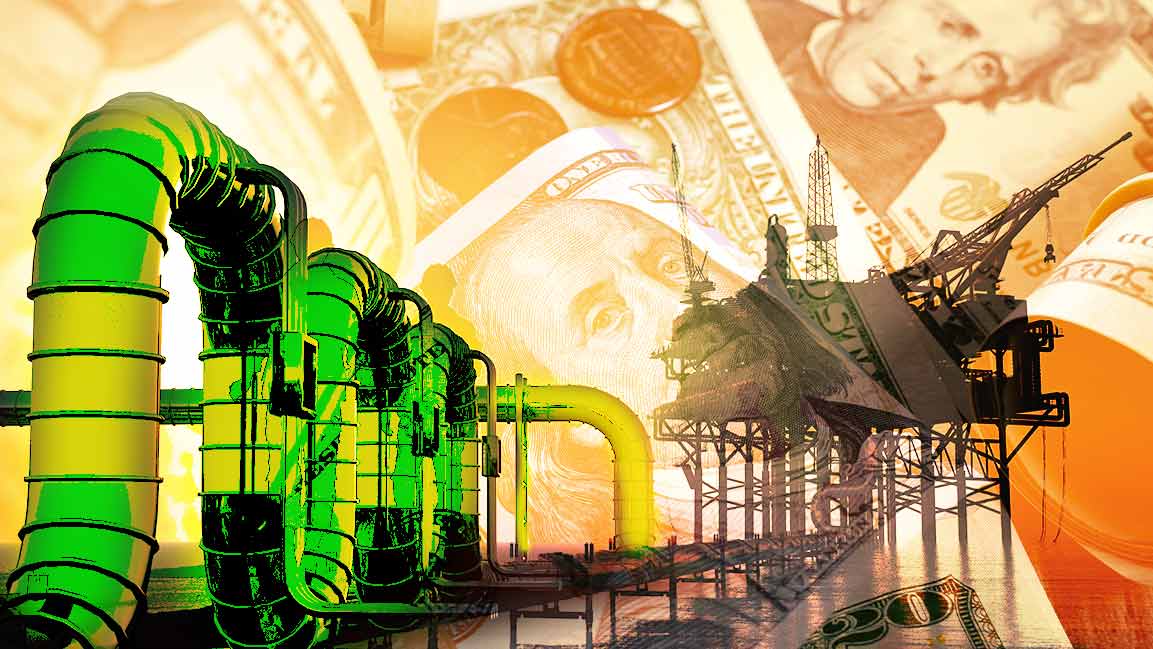- | 12:00 pm
What’s the cost of cutting oil and gas emissions by 2030? A massive $600 billion
Oil and gas industry accounted for 5.1 billion tonnes of CO2 emissions in 2022, globally

Examining the steps the oil and gas industry needs to take, the International Energy Agency found that the production, transport, and processing of oil and gas emitted the equivalent of 5.1 billion tonnes of CO2 in 2022, around 15% of the total energy-related emissions globally. The use of oil and gas resulted in another 40% of emissions.
In its new report, Emissions from Oil and Gas Operations in Net Zero Transitions, the IEA said that to achieve the cut in oil and gas emissions, around $600 billion in investments were needed by 2030. The report looks at the changes and necessary measures needed to reduce the emissions intensity of oil and gas operations in the IEA’s Net Zero Emissions by 2050 (NZE) Scenario.
In the IEA’s NZE by 2050 Scenario, the emissions intensity of these activities falls by 50% by the end of the decade. Combined with the reductions in oil and gas consumption in this scenario, this results in a 60% reduction in emissions from oil and gas operations by 2030.
The report aims to inform discussions in the run-up to the COP28 in Dubai in November. It is part of a broader World Energy Outlook special report being released this year examining the role of the oil and gas industry in net zero transitions.
The report added that the oil and gas producers have a clear opportunity to address the problem of emissions through a series of ready-to-implement and cost-effective measures.
Tackling methane emissions, eliminating all non-emergency flaring, electrifying upstream facilities with low-emissions electricity, equipping oil and gas processes with carbon capture, utilization, and storage technologies, and expanding the use of hydrogen from low-emissions electrolysis in refineries were a few of these opportunities that gas and oil industries can readily implement to reduce their carbon footprint.
Earlier this year, the IEA released the latest update to its Global Methane Tracker, which found that methane emissions remained high in 2022 despite the headwinds of the global energy crisis. The report added that more ambitious targets are needed to significantly reduce oil and gas emissions.































